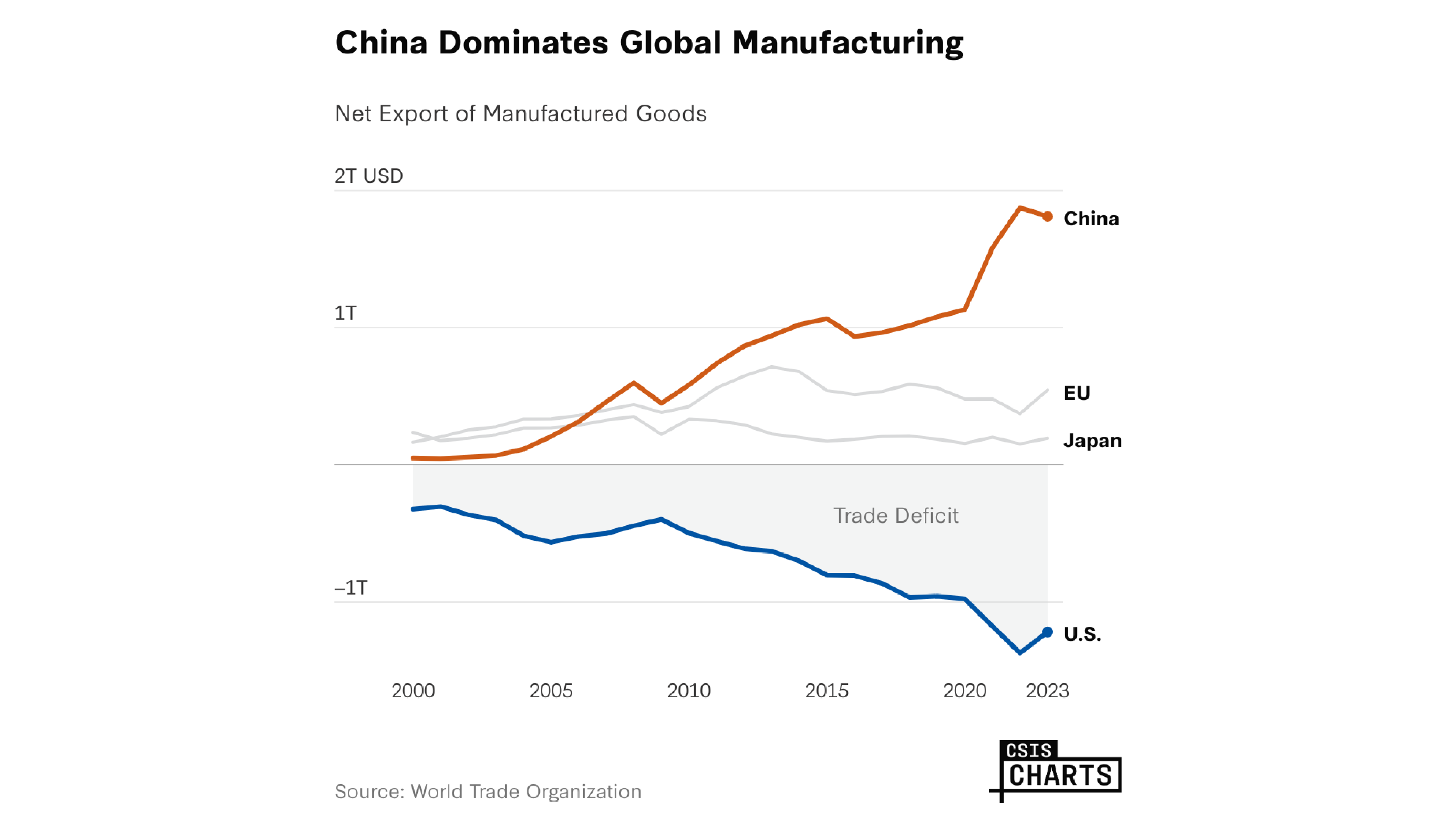Manufacturing Powerhouse: How China Continues to Reshape Global Industry

For decades, China's manufacturing prowess has been the driving force behind its remarkable economic transformation. By leveraging low-cost production, advanced manufacturing techniques, and a massive workforce, China has systematically reshaped global trade dynamics. The country's export-driven strategy has not only propelled its own economic growth but also sent shockwaves through international markets.
Chinese manufacturers have consistently undercut competitors worldwide, offering products at unprecedented price points and with increasingly sophisticated quality. This economic strategy has been so effective that it has prompted growing concerns in Western economies, particularly in the United States and Europe. Policymakers and industry leaders have responded by implementing protective tariffs and trade barriers, seeking to shield domestic industries from China's relentless manufacturing competition.
The global economic landscape continues to be dramatically influenced by China's manufacturing might, creating a complex web of international trade tensions and economic interdependence. As the world watches, China's industrial machine remains a powerful engine of economic change, challenging traditional notions of global manufacturing and economic competitiveness.

